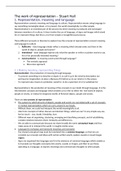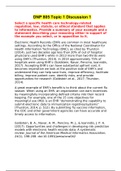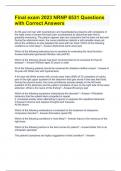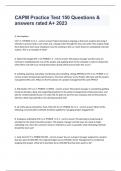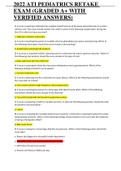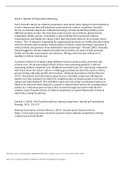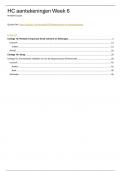Samenvatting
Samenvatting Chapter 1: The Work of Representation - Hall, S.
Chapter 1: The Work of Representation (pp. 1-20), from Hall, S. (1997). Representation: Cultural Representations and Signifying Practices. Bruikbaar voor het vak Lifestyles and Consumption gegeven aan de Wageningen Universiteit (CHL20806). Check ook voordelige bundel met een samenvatting van Co...
[Meer zien]
